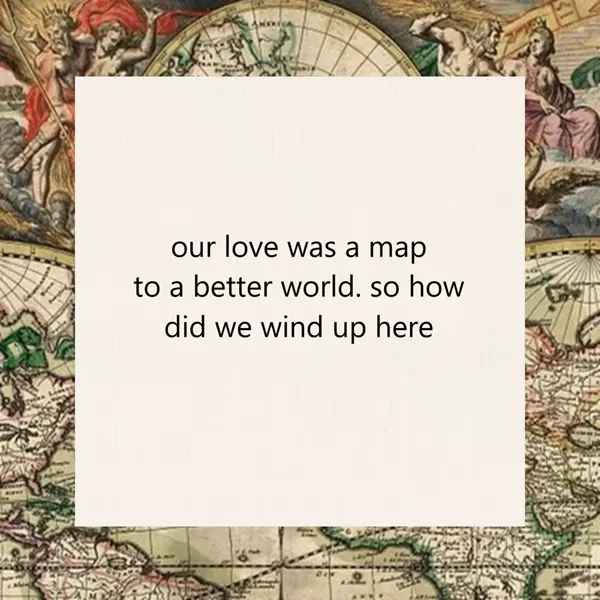Poetry offers myriad forms to capture the complex tapestry of human emotion, but few are as elegantly concise as the haiku. Traditionally focused on nature and seasonal shifts, the haiku form, with its classic 5-7-5 syllable structure, has evolved in modern times to embrace a wider range of subjects, including the profound and often chaotic experience of love. A Haiku Poem Love distills intense feelings into a brief, evocative snapshot, proving that brevity can possess immense power.
Contents
The Anatomy of a Love Haiku
A haiku about love, like its nature-focused counterparts, relies on sharp imagery and sensory details to convey meaning. While the strict 5-7-5 syllable count is a popular guideline, the true essence lies in its ability to create a moment of observation or feeling. Applying this form to love allows poets to isolate specific moments – a shared glance, a memory, a touch – and magnify their emotional impact through careful word choice and rhythm, echoing perhaps the structure found in what is meter poetry. The challenge lies in implying depth and resonance within the confined space of seventeen syllables (or less, depending on the poet’s interpretation of the form).
Consider the varied expressions love can take, from the initial spark of attraction to deep connection, longing, or even sorrow. Each facet can be a subject for a love haiku.
 A vertical image featuring a haiku poem text overlaid on a faint abstract background. The poem reads: beguiling motion / thrum and fire of my life / your supple machine
A vertical image featuring a haiku poem text overlaid on a faint abstract background. The poem reads: beguiling motion / thrum and fire of my life / your supple machine
This haiku captures physical attraction and vitality, compressing intense feeling into just three lines. The words “thrum and fire” suggest energy and passion, focusing on the dynamic nature of the beloved.
 A square image displaying a haiku poem text with abstract artwork. The haiku reads: i am warm honey / i am sweet cream and cherries / lick me like candy
A square image displaying a haiku poem text with abstract artwork. The haiku reads: i am warm honey / i am sweet cream and cherries / lick me like candy
Sensory and bold, this poem uses taste and texture to express desire and self-offering within the beloved’s gaze. It’s a direct, almost playful, interpretation of romantic longing.
 A vertical image showing a haiku poem text over artwork depicting yellow circles like suns or flowers on tree branches. The poem reads: today we woke up / to a hundred yellow suns / on the blooming tree
A vertical image showing a haiku poem text over artwork depicting yellow circles like suns or flowers on tree branches. The poem reads: today we woke up / to a hundred yellow suns / on the blooming tree
This haiku connects the internal feeling of love to the external world, suggesting that the presence of love makes the ordinary beauty of nature even more vibrant. The “hundred yellow suns” symbolize a sudden burst of joy or realization tied to the awakening of love.
Diverse Expressions in Love Haiku
The beauty of the haiku form when applied to love is its versatility. It can capture the grand gesture or the quiet intimacy. It can reflect on the past, live in the present, or yearn for the future.
 A vertical image featuring a haiku poem text overlaid on abstract art. The poem reads: that shimmering sea / that blue day when our hearts burned / brighter than the sun
A vertical image featuring a haiku poem text overlaid on abstract art. The poem reads: that shimmering sea / that blue day when our hearts burned / brighter than the sun
This haiku evokes a perfect, luminous memory of love, linking it to a specific place and time. The burning hearts suggest intense passion, elevated to something cosmic (“brighter than the sun”). These vivid descriptions often feel like the greatest love lines of all time condensed into a micro-poem.
Love haiku can also explore the bittersweet or painful aspects of connection:
 A vertical image displaying haiku text on abstract art. The haiku reads: our love was a map / to a better world. so how / did we wind up here
A vertical image displaying haiku text on abstract art. The haiku reads: our love was a map / to a better world. so how / did we wind up here
This poem shifts from past hope to present confusion or disappointment. It uses a metaphor (“love was a map”) to contrast the initial promise with a difficult reality, a poignant question posed within the tight structure.
The Emotional Resonance of Concise Verse
Writing or reading a haiku poem love invites a unique contemplative experience. The constraints of the form force the poet to choose words with deliberate care, stripping away excess to reveal the core emotion or image. For the reader, this conciseness creates space for personal interpretation and feeling. A simple image like “your smell like food” or “room I still / forget is empty” carries significant emotional weight because it is presented without elaboration, allowing the reader’s own experiences of longing or absence to fill the space. It’s similar to how a few notes can make a greatest love song ever, proving that impact doesn’t require length.
 A vertical image with haiku text over dark, abstract art. The haiku reads: no one will know how / i walked these rooms and hungered / for your smell like food
A vertical image with haiku text over dark, abstract art. The haiku reads: no one will know how / i walked these rooms and hungered / for your smell like food
This haiku conveys a sense of private, intense longing, using a primal need (“hungered for your smell like food”) to express emotional and physical absence.
Ultimately, a haiku poem love is a micro-poem with macro-impact. It challenges poets to find the profound in the simple and offers readers a potent burst of emotion and imagery, proving that even the vast landscape of love can be beautifully rendered in seventeen syllables.
 A vertical image displaying haiku text over abstract art with a light center and dark edges. The haiku reads: love is so bright we / see the shadows of the dead / even in the dark
A vertical image displaying haiku text over abstract art with a light center and dark edges. The haiku reads: love is so bright we / see the shadows of the dead / even in the dark
This poignant haiku touches on the intensity of love, suggesting it illuminates even the hidden pains or past losses we carry, making them visible in its powerful light.
